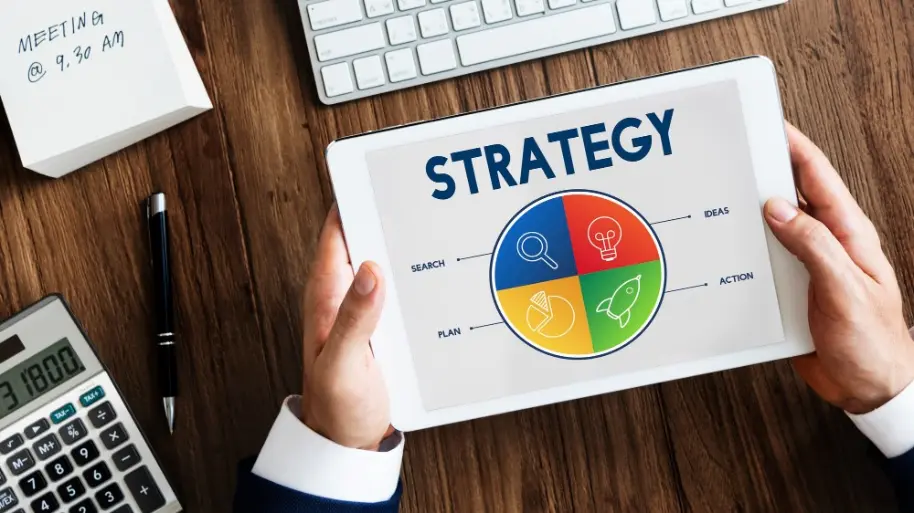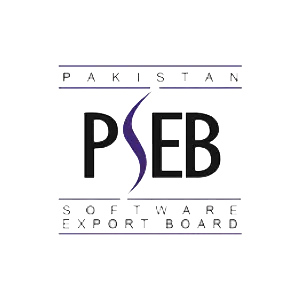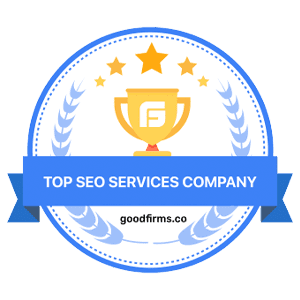In today’s digital world, attracting customers is about more than just shouting your message from the rooftops. It’s about building genuine connections and providing value every step of the way. That’s where inbound marketing comes in. This approach focuses on drawing people in with helpful content, engaging with them on a personal level, and ultimately delighting them with exceptional experiences. In this article, we’ll explore the core principles, key components, strategies, and tactics of inbound marketing, as well as how to measure success along the way.
I. Core Principles of Inbound Marketing

Inbound marketing is like being a friendly host at a party. You want to make everyone feel welcome and comfortable. So, the core principles of inbound marketing are all about making people feel good about your business. First, you attract potential customers by offering them something they find interesting or useful, like a helpful blog post or a fun video. Then, you engage with them by having friendly conversations and answering their questions. Finally, you delight them by going the extra mile to make sure they have a great experience, like giving them special discounts or sending them birthday cards. By following these principles, you can turn strangers into friends and friends into loyal customers.
Attracting Prospects:
Inbound marketing is all about drawing in potential customers by giving them something valuable. It’s like when you offer a free sample of your product or provide helpful information that they’re interested in. When you give people something they find useful or interesting, they’re more likely to want to learn more about your business and what you have to offer. So, attracting prospects means creating content or experiences that catch their attention and make them want to learn more about you.
Engaging with Prospects:
Once you’ve attracted people to your business, the next step is to engage with them. This means interacting with them in a way that feels personal and friendly. It’s like having a conversation with a friend rather than giving a sales pitch. When you engage with prospects, you show them that you care about their needs and interests. You might do this by responding to their comments on social media, sending them personalized emails, or having a live chat on your website. By prioritizing clear and consistent communication through methods like reliable VoIP phone solutions, you can enhance their overall experience and build trust over time, leading them to want to do business with you.
Delighting Customers:
But the relationship doesn’t stop once someone becomes a customer. In fact, that’s just the beginning! Delighting customers means going above and beyond to ensure they have a great experience with your business. It’s like giving them a surprise gift or sending them a handwritten thank-you note to show you value their business and want to make them happy. The goal is to turn customers into loyal fans who keep returning for more and tell their friends about you. You can make customers happy through several methods, such as providing exceptional customer service through white label softphone technology that facilitates seamless and personalized communication, offering loyalty rewards, or asking for their feedback to improve your products or services.
II. Key Components of Inbound Marketing

Inbound marketing is all about getting people interested in your business by sharing useful stuff and being helpful online. It’s like telling a great story that makes people want to know more about you. There are a few key ingredients to inbound marketing: first, there’s content marketing, which is like creating fun or helpful things that people want to see, like blog posts or videos. Then there’s search engine optimization (SEO), which is about making sure your website shows up when people search for stuff online. Social media marketing is also important—it’s like throwing a party online and inviting everyone to join in. Email marketing is like sending personalized messages directly to people’s inboxes, while marketing automation helps you do all this stuff automatically, so you can focus on running your business.
Content Marketing:
Think of content marketing as storytelling. It’s about creating interesting, helpful, or entertaining stuff—like blog posts, videos, or podcasts—that people want to see. The idea is to attract people to your business by giving them something valuable for free. When you share useful information or entertain your audience, they start to trust you and see you as an expert in your field. Plus, good content gets shared, which helps spread the word about your business even further.
Search Engine Optimization (SEO):
SEO is like planting a signpost in the middle of a busy street. It’s all about making sure that when people search for something related to your business on Google or another search engine, they find you. SEO techniques help your website show up higher in search results, which means more people see it. This involves things like using the right keywords on your website, making sure your site loads quickly, and getting other websites to link to yours. The better your SEO, the more likely people are to find you when they’re looking for what you offer.
Social Media Marketing:
Social media marketing is similar to hosting a party and inviting all your friends. It’s about using platforms like Facebook, Instagram, WhatsApp, and Twitter to connect with your audience, build relationships, and promote your business. Social media is where people hang out online, so it’s a great place to show off your personality and engage with your customers. You can share updates about your business, run contests or giveaways, or just chat with people in your community. The more you interact with your audience on social media, the more they’ll trust and remember you.
Email Marketing:
Email marketing functions as a direct conduit to your customers’ email inboxes, offering a personalized channel for communication and engagement. It’s a way to stay in touch with people who have shown an interest in your business, whether they’ve signed up for your newsletter, downloaded a freebie, or made a purchase. With email marketing, you can send targeted messages to different groups of people based on their interests or behavior, thereby supplementing inbound strategy. This might include things like special offers, helpful tips, or updates about your products or services. The goal is to keep your business in mind and encourage people to return for more.
Marketing Automation:
Marketing automation is like having a personal assistant who handles all the boring stuff for you. It’s a set of tools and software that helps you automate repetitive tasks and workflows, like sending emails, posting on social media, or tracking leads. With marketing automation, you can set up triggers and workflows that automatically send the right message to the right person at the right time. This saves you time and helps you stay organized to focus on more important things—like growing your business.
III. Inbound Marketing Strategies and Tactics

In inbound marketing, strategies and tactics are like the tools in your toolbox for attracting, engaging, and delighting your audience. Blogging is your megaphone to share your knowledge and connect with people. Lead magnet creation is your way of offering something valuable in exchange for contact information. Conversion rate optimization is like fine-tuning your website to make it super easy for visitors to take action. Personalization makes your marketing feel tailor-made for each person, and CRM systems help you keep track of all your customer interactions. Together, these strategies and tactics work hand in hand to create meaningful connections with your audience and drive business growth.
Blogging
Blogging is just like chatting with your audience. It’s a way to share your expertise, tell stories, and provide helpful information. When you blog regularly, you attract people to your website and show them that you know your stuff. Plus, it’s a great way to get found on search engines like Google.
Lead Magnet Creation
Lead Magnet Creation is about giving people a reason to share their contact information with you. It could be anything from a free e-book or checklist to a webinar or discount code. The key is to offer something valuable that solves a problem or fulfills a need for your audience.
Conversion Rate Optimization (CRO)
CRO is like fine-tuning your website to make it easier for visitors to take action. Whether it’s signing up for your email list, downloading a resource, or making a purchase, CRO focuses on improving the user experience and guiding people towards completing a desired action.
Personalization
Personalization is about making your marketing messages feel like they were created just for the person receiving them. It’s about using data and insights to tailor your communications and offers to individual preferences and behaviors. Personalized marketing helps build stronger connections with your audience and increases the likelihood of conversion.
Customer Relationship Management (CRM)
CRM systems are like your digital Rolodex. They help you keep track of all your customer interactions and information in one place. With a CRM, you can segment your audience, track their engagement with your brand, and send targeted messages based on their behavior and preferences.
IV. Measuring Success in Inbound Marketing

Measuring success in inbound marketing is all about understanding what works and what doesn’t. Key Performance Indicators (KPIs) are like the signposts along the way, helping you gauge how well your efforts are paying off. These could be things like website traffic, conversion rates, or social media engagement. Analytics and reporting tools are like your detective kit, helping you uncover valuable insights into how people are interacting with your content and campaigns. This includes social media reporting, which provides valuable data on how your content performs across various social platforms, helping you refine your social media strategy.
By diving into the data, you can see which strategies are hitting the mark and which ones might need a little tweaking. And that’s where continuous improvement comes in. Just like a plant needs regular watering and care to grow, your inbound marketing strategy needs ongoing optimization to thrive. By using data-driven insights to refine your approach, you can ensure that you’re always moving in the right direction and driving meaningful results for your business.
Conclusion:
Inbound marketing is not just a strategy; it’s a philosophy centered on putting the customer first. By creating valuable content, optimizing your online presence, and nurturing meaningful relationships, you can attract, engage, and delight your audience like never before. And with the right metrics and tools in place, you can continuously refine your approach to drive even greater success. So, embrace the power of inbound marketing, and watch as your business grows and thrives in the digital age.







